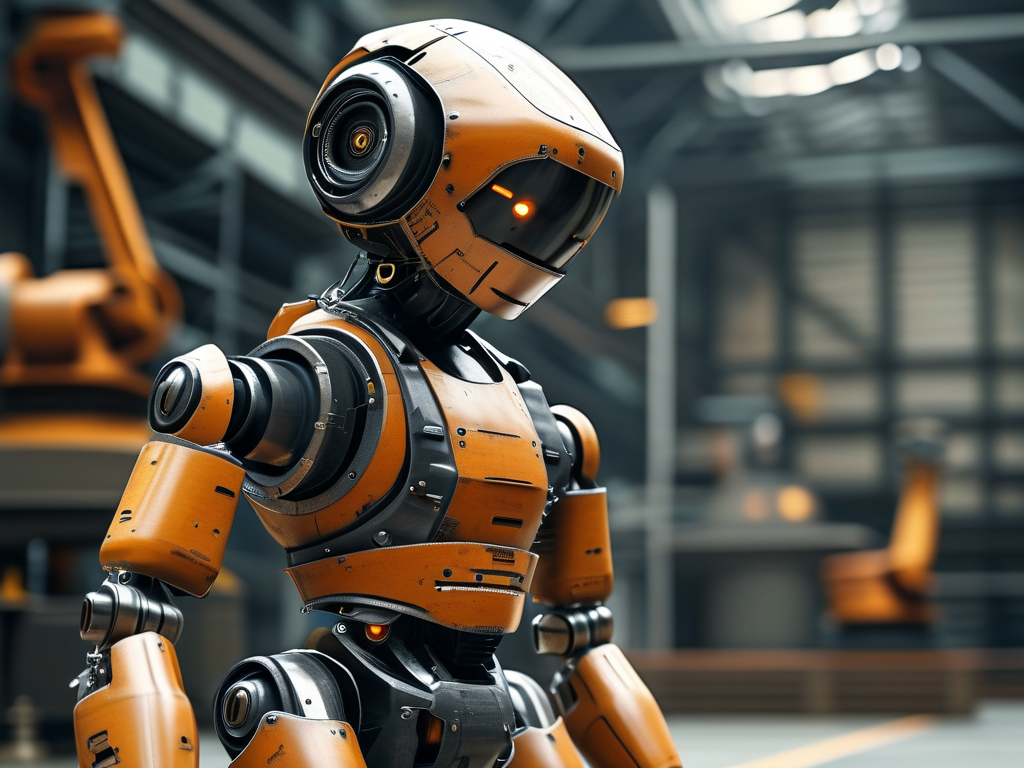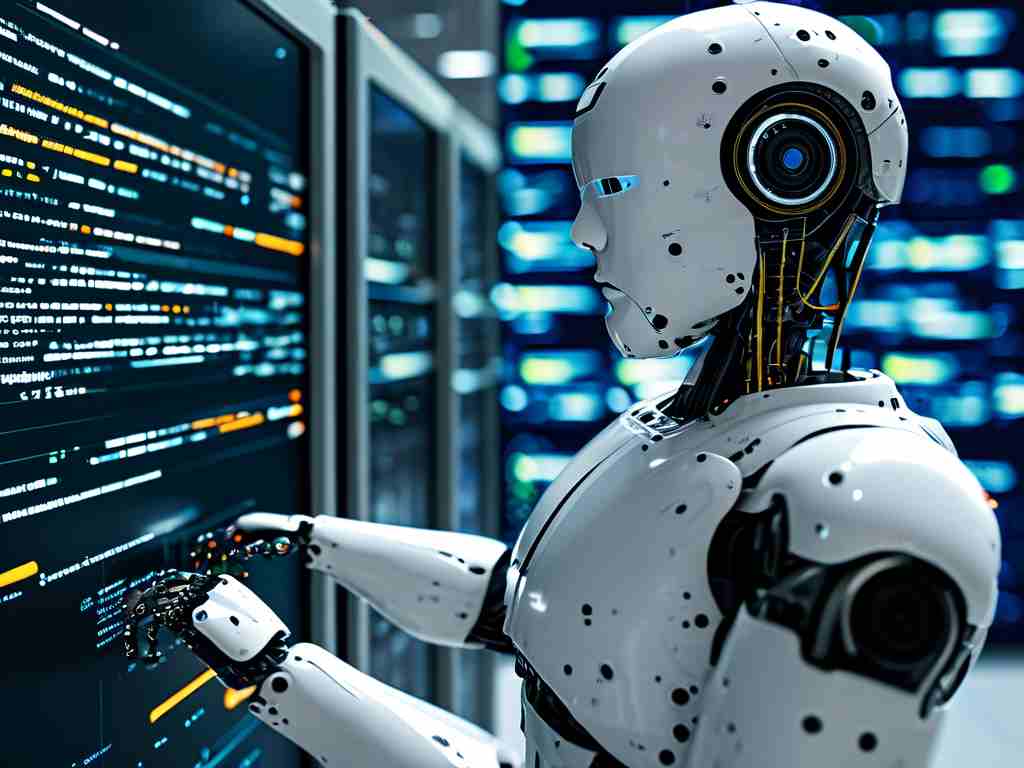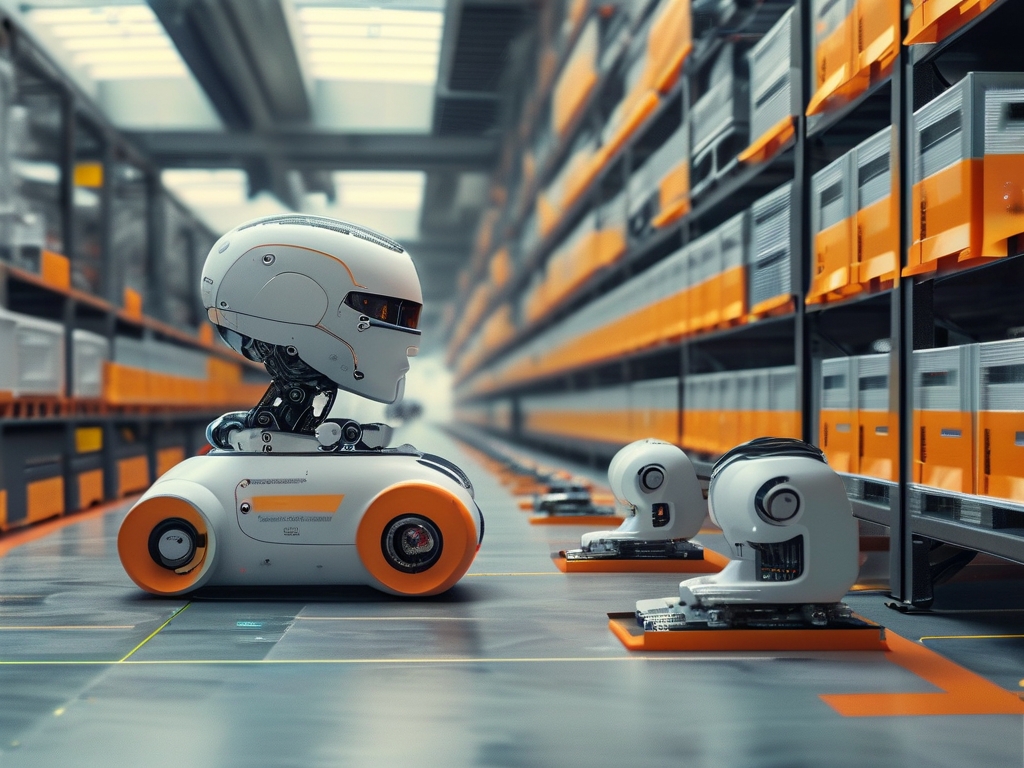The concept of robotics, often perceived as a modern innovation, traces its roots to humanity’s ancient fascination with mimicking life through machinery. Long before the term "robot" was coined in the 20th century, early inventors and thinkers laid the groundwork for what would become a transformative field. This article delves into the lesser-known origins of robotics, exploring how rudimentary mechanical systems evolved into precursors of today’s advanced machines.

The Dawn of Mechanical Imitation
The earliest examples of robotic concepts emerged in antiquity. Around 300 BCE, Greek engineers like Ctesibius and Hero of Alexandria designed pneumatic and hydraulic devices capable of automated movement. Hero’s aeolipile, a steam-powered rotating sphere, and his programmable cart powered by falling weights demonstrated principles later foundational to robotics: energy conversion and programmable motion. Similarly, ancient Chinese texts describe mechanical musicians and dancers crafted for imperial courts, driven by intricate clockwork mechanisms.
During the Islamic Golden Age (8th–14th centuries), polymaths such as Al-Jazari elevated automaton design with hydraulic-powered humanoid figures that served drinks or played musical instruments. These devices, documented in his Book of Knowledge of Ingenious Mechanical Devices (1206), integrated camshafts and segmental gears—components still used in modern robotics.
The Renaissance: Bridging Art and Engineering
The Renaissance era witnessed a fusion of artistic vision and mechanical ingenuity. Leonardo da Vinci’s 1495 sketches of a Mechanical Knight—an armored figure with articulated limbs controlled by cables and pulleys—revealed an early vision of humanoid robotics. Though never built during his lifetime, reconstructions in the 20th century proved its design could mimic basic human motions like sitting and arm movement.
Clockmakers of this period also contributed to robotics’ evolution. Astronomical clocks, such as Prague’s 1410 Orloj, featured automated figurines that performed hourly sequences. These marvels demonstrated how precise gear systems could replicate timed actions, a principle later critical for industrial automation.
Industrial Revolution: Catalyzing Automation
The 18th and 19th centuries marked a turning point with the rise of programmable machinery. In 1801, Joseph Marie Jacquard’s loom used punch cards to automate textile patterns, introducing the idea of stored-program control—a concept later adopted by early computers and robots. By the 1830s, Charles Babbage’s Analytical Engine design (though unrealized) further linked automation to computational logic.
A pivotal moment arrived in 1892, when Canadian inventor George Moore patented the first electric-powered “steam man,” a six-foot-tall mechanical figure that walked via internal boilers and pistons. Though impractical, it symbolized growing ambitions to create mobile, self-contained machines.
20th Century: Birth of Modern Robotics
The term “robot” entered popular lexicon through Karel Čapek’s 1920 play R.U.R., deriving from the Slavic word robota (forced labor). However, tangible progress began in the 1950s when George Devol developed the Unimate, the first digitally operated programmable robotic arm. Installed at a General Motors plant in 1961, it performed die-casting tasks too hazardous for humans, marking robotics’ entry into industrial applications.
Early challenges included limited sensor technology and computational power. Robots like Stanford Research Institute’s Shakey (1966) relied on room-sized computers for basic navigation, yet their ability to process environmental data laid the groundwork for autonomous systems.
Legacy and Limitations
Early robotics faced skepticism due to high costs and technical constraints. Hydraulic systems leaked, motors overheated, and programming required specialized expertise. However, these limitations spurred innovations: the 1973 invention of electromechanical servo motors enabled precise control, while microprocessors in the 1980s miniaturized computational components.
Today’s collaborative robots (cobots) and AI-driven systems owe their existence to these early trials. For instance, Boston Dynamics’ agile robots build upon decades of research into balance and kinematics—problems first tackled by mid-20th-century engineers.
From temple automatons to assembly-line arms, early robotics was shaped by humanity’s desire to blend creativity with utility. While primitive by today’s standards, these innovations established core principles—programmability, energy efficiency, and human-machine interaction—that continue to define the field. As we stand on the brink of AI-driven robotics, understanding this history reminds us that even the most advanced technologies are heirs to centuries of experimentation.








